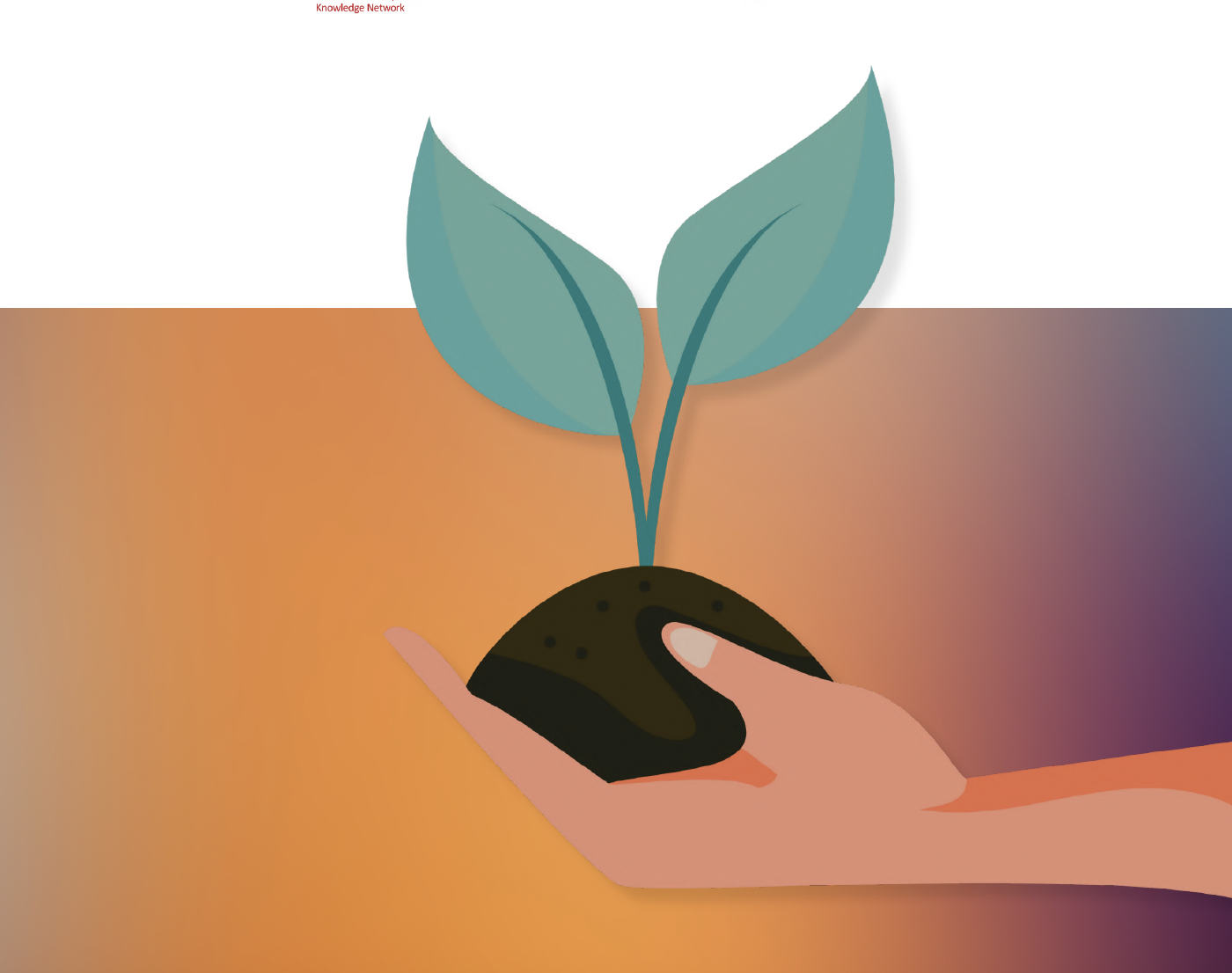Described as a chasm between scientists and practitioners by DeSimone (2013), the ‘yawning implementation gap and ‘The Great Divide’ in a Nature editorial(Anonymous. 2007); the value and relevance of a significant proportion of ecological research to practitioners on the ground often seem remote at best. There are a number of issues that contribute to the research–implementation gap, some of which the journal of Applied Ecology is increasingly making an effort to address (Hulme 2011). First, practitioners often cannot access relevant articles due to a lack of funding for journal subscriptions. The idea of conferences on the ‘Think Global, Act Local’ theme sponsored by the journal and the British Ecological Society(BES) is an example of a promising initiative (Memmottet al.2010). Secondly, practitioners are busy people, coping with a wide range of issues from budgets to health and safety, as well as habitat and people management. They often do not have time to read multiple articles, let alone spend the time and money required to find them. Thirdly, some practitioners, who are not necessarily ecologically trained, could have difficulty understanding the research results, particularly where complex statistical analyses and modeling techniques have been used. Therefore, a synopsis of all the relevant research on their habitat type, with advice on management options and their likely outcomes, would be far more useful. As Memmottet al.(2010) point out, there is inadequate research testing many management recommendations in the field and this results in the offered management solutions for particular circumstances falling far short of the ideal.
Practitioner & perspective: Bridging the gap between applied ecological science and practical implementation in peatland restoration
Year: 2014
































































































































































































































































































































































































































































































































































































































































































































































































































































































































































































































